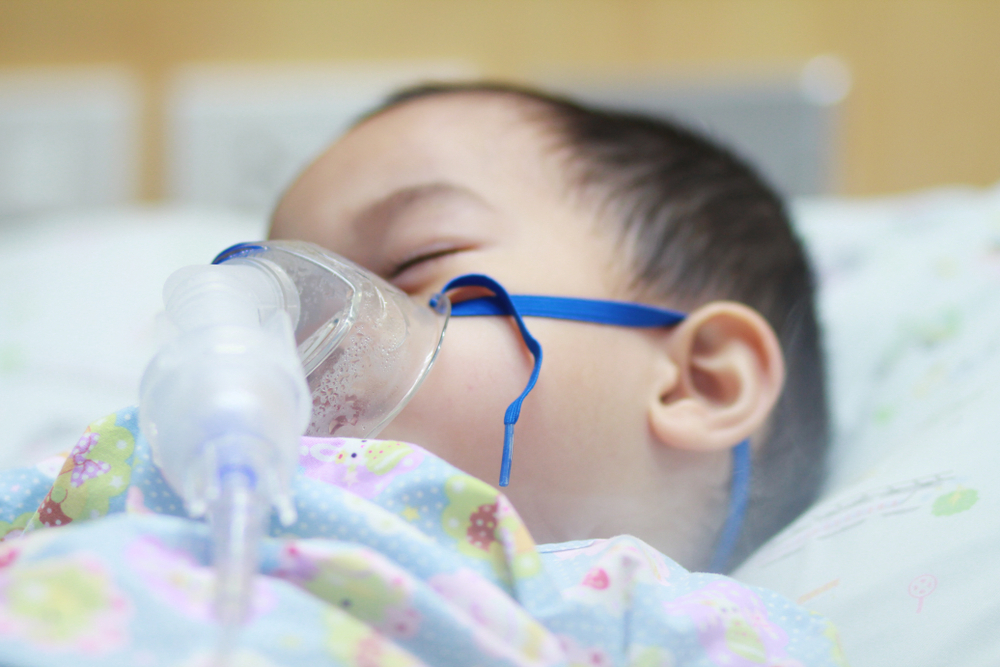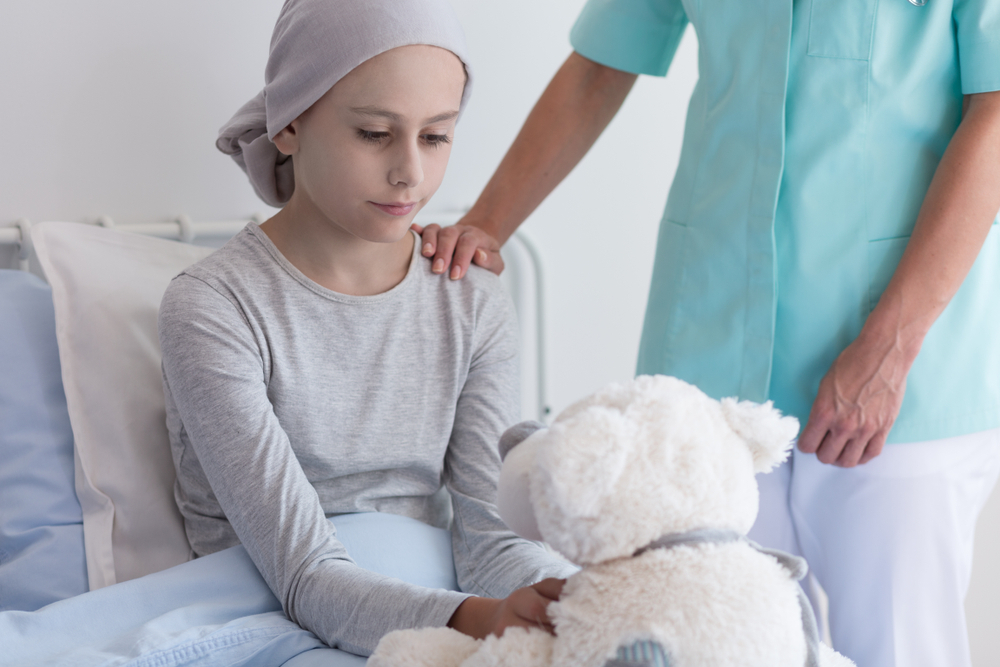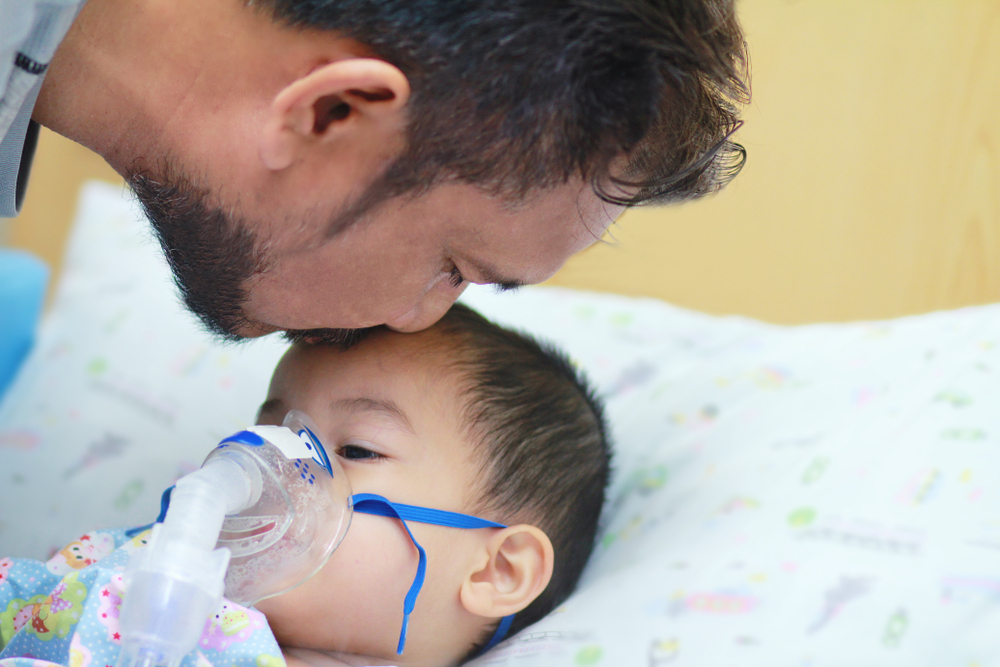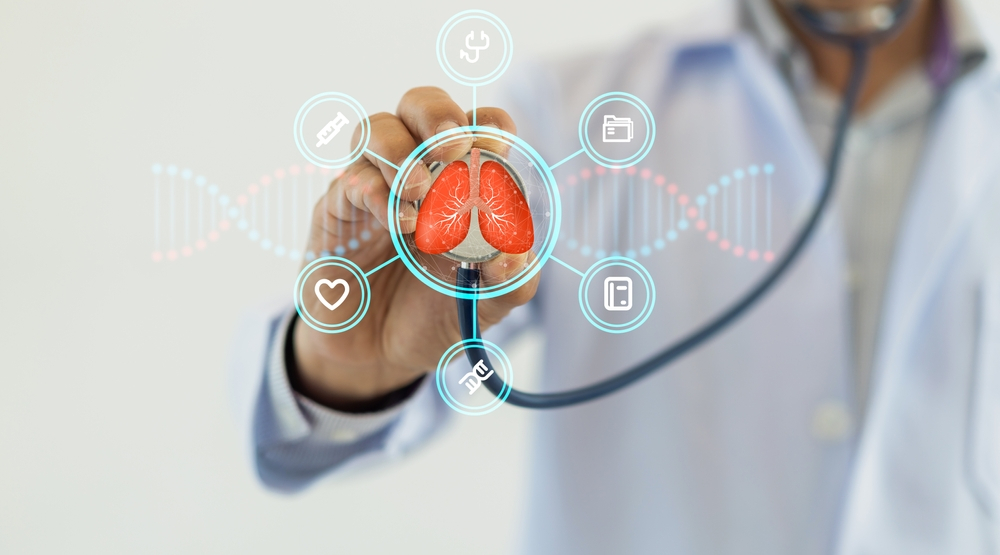There is no doubt that lung cancer is a deadly disease. According to the results of the International Agency for Research on Cancer (IARC), about 1.8 million people died of lung cancer in 2020, which was about 18% of all deaths worldwide in that particular year.
However, lung cancer in childhood is very rare. Because this cancer is usually diagnosed in people aged 40 to 60 or more.
Research is still ongoing to identify the cause of lung cancer in childhood, but modern science has made great strides in identifying its symptoms. And they are constantly developing lung cancer new treatments.
Can Children Get Lung Cancer?
Lung cancer, both primary and metastatic, is rare and uncommon in children and adolescents. Unfortunately it occurs in children due to natural causes or in some cases due to family genetics.
A review of 32 years of lung cancer patients in Australia from 1983 to 2015 found only 53 children with lung cancer. Moreover, among all types of cancer in children, lung cancer accounts for 0.2%, or about one in two million.

What types of lung cancer are more common in children?
Although lung cancer is considered a single disease, there are different types of lung cancer that occur in different children and adolescents. Thanks to research and technology, we are exploring this topic in more detail and new information is constantly appearing in front of us. The following three types of lung cancer occur mainly in children and adolescents, which are discussed below.
Carcinoid Tumors(A type of lung cancer in childhood)
Carcinoid tumor originates in the neuroendocrine cells of the lung. These cancerous tumors are more likely to occur in children, teenagers and those under 40 years of age.
Symptoms of this type of lung cancer include pneumonia, shortness of breath and prolonged cough. These cancers can be almost completely eradicated with surgery and, in some cases, with the use of chemotherapy after surgery.

Adenocarcinoma(A type of lung cancer in childhood)
Adenocarcinoma is a tumor or cancer of the lung that affects younger people more than older people, especially those between the ages of 20 and 40. When lung cancer is found in non-smokers, it is usually this type of cancer because it is thought to arise from a scar or lesion in the lung. Cough and shortness of breath are its main symptoms.

Pleuropulmonary Blastoma(A type of lung cancer in childhood)
Pleuropulmonary blastoma cancer occurs in children. It is more common in children aged 10 months to three to four years. This cancerous tumor can be inactivated by surgery and chemotherapy but in some cases it returns. If this cancer is treated properly before it spreads to the body or at an early stage, then the survival rate of children in this case is very high.
Symptoms of lung cancer in childhood?
A symptom is something by which a particular physical problem is determined. Lung cancer in children also has some physical problems or symptoms that indicate lung cancer in children.

But lung cancer is extremely rare in children, so even if a child has all these symptoms, it is not easy to assume that a child has lung cancer. That is, the following symptoms may be signs of your child’s general physical problems or lung cancer.
Shortness of breath: If your child has lung cancer, it will definitely cause breathing problems.
Cough: A common symptom of lung cancer is a cough. Although not all coughs are caused by lung cancer, if your child has a persistent cough that does not go away, your child may have lung cancer.
Chest pain: Chest pain is a common symptom of lung cancer in all cases. It happens due to coughing. Moreover, air trapped in the lungs can cause shortness of breath, which causes chest pain.
Pneumonia: In some cases, the child may develop pneumonia directly.
causes of lung cancer in childhood?
A genetic change in the DNA within a cell causes the uncontrolled production of abnormal cells that transform into cancerous tumors. Smoking is mainly responsible for the uncontrolled production of abnormal cells in the lungs and cancer.
However, smoking is not responsible for lung cancer in childhood. The following two factors are responsible for lung cancer in children.
Congenital causes: In very rare cases, babies have abnormal cells in their lungs from the womb or from birth. Which gradually transforms into a cancerous tumor. It comes entirely from the parents.
Natural causes: Cell division occurs naturally in our body. In rare cases, some abnormal cells may form during cell division, resulting in the formation of a cancerous tumor. This factor plays a major role in lung cancer in children. The reason for the formation of these abnormal cells during cell division remains unknown.
Treatment for lung cancer in kids?
There are several effective treatments for lung cancer. The right type of treatment for your child’s lung cancer depends on his age, physical and mental abilities, and the type and stage of the cancer.
Currently, the following four types of treatment methods are used for childhood lung cancer.
Surgery: If the cancerous tumor is confined to a certain part of the lung, that part is surgically removed.
Chemotherapy: Chemotherapy is used to shrink cancer tumors and also to kill some cancer cells that have spread throughout the body.
Radiation therapy: Destroying cancer cells by applying very high doses of direct X-rays is called radiation therapy. It is a painless treatment that can prove to be very effective in curing your baby’s lung cancer.
Along with treatment, you need to take care of your child to cure cancer. His physical and mental strength should be maintained through such physical and mental exercises.
Conclusion
Although lung cancer is rare in children, it does happen. Adenocarcinoma and pleuropulmonary blastoma are two types of lung cancer in childhood. Lung cancer in childhood is similar to other lung diseases, making it difficult to distinguish whether it is lung cancer or not. However, if the symptoms last longer than usual, your child should be examined by a dermatologist and treated as per the doctor’s advice.
Hlw